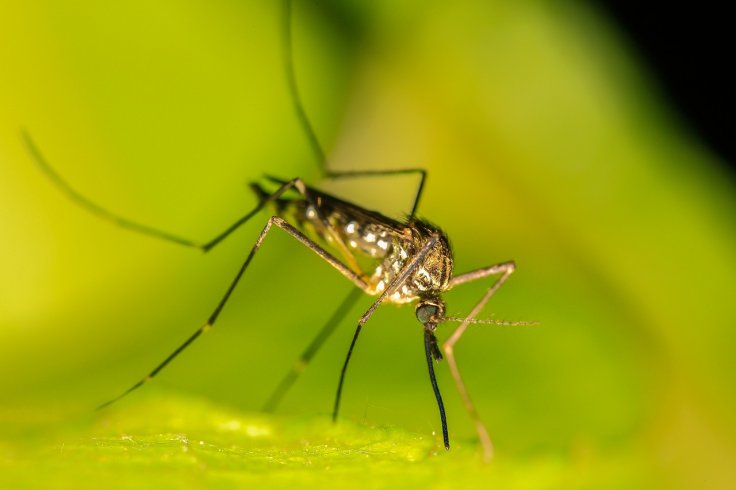Mosquito-borne diseases such as dengue, malaria, chikungunya, and zika, globally affect nearly 200 million people and result in over 700,000 deaths annually. Some of these diseases are notoriously hard to treat and curbing mosquito populations is perhaps the only primary defence.
How can that be accomplished? Scientists from the at Lund University in Sweden, Florida International University and the University of Washington, have identified a chemical—that is found in the peel of beetroots—to which female mosquitoes are drawn to, and can be used to trap them and reduce mosquito population without resorting to dangerous chemical methods.
"We utilise an inborn preference among mosquitoes and it's therefore unlikely that mosquitoes will eventually develop resistance, which is a problem with many chemical methods," said Marcus Stensmyr, co-author of the study, in a statement.
Drawn to the scent

The researchers identified an odorant known as geosmin, to which only female mosquitoes were attracted. While scouting for a damp locale to lay their eggs, female mosquitoes are drawn to the geosmin found in certain microorganisms that the aquatic larvae of mosquitoes feed on. A way in which mosquitoes can be prevented from populating is by using this attraction to lace ponds with geosmin and separate the female from the male stingers.
"Using this method, it's possible to combat mosquitoes without affecting other insects. Traps can be set that only capture mosquitoes – water containers scented with geosmin are irresistible for the females," said Marcus Stensmyr.
However, the biggest setback in the application of the principle was that synthetic geosmin costs over one million USD, per gram. Luckily, the researchers stumbled upon naturally occurring geosmin in beetroot peel.
Putting the theory to test
Field studies were carried out by the researchers in Brazil and in Florida, USA. The expensive synthetic geosmin was used in Florida and yielded promising results. Geosmin laden beetroot traps employed in Brazil were found to be equally effective. "Our discovery can actually help a lot of people. Beetroot, of course, can be grown almost anywhere," said Stensmyr.

Cheap, natural and can save lives
As it is derived from a natural and organic substance—beetroot peel—it does no harm to the environment and is a sustainable remedy to counter mosquitoes. Also, only mosquitoes are subject to its adverse effects and other organisms are not.
A significant increase in mosquito-borne diseases can also be attributed to climate change, leading to their spread in areas that were not affected by these diseases before. Most importantly, it is the poorer section of the population with no access to protection or knowledge of combating mosquito-borne diseases, that are affected the most. Therefore, the researchers aim to propagate this knowledge to poor populations in Africa, Asia and South America.









